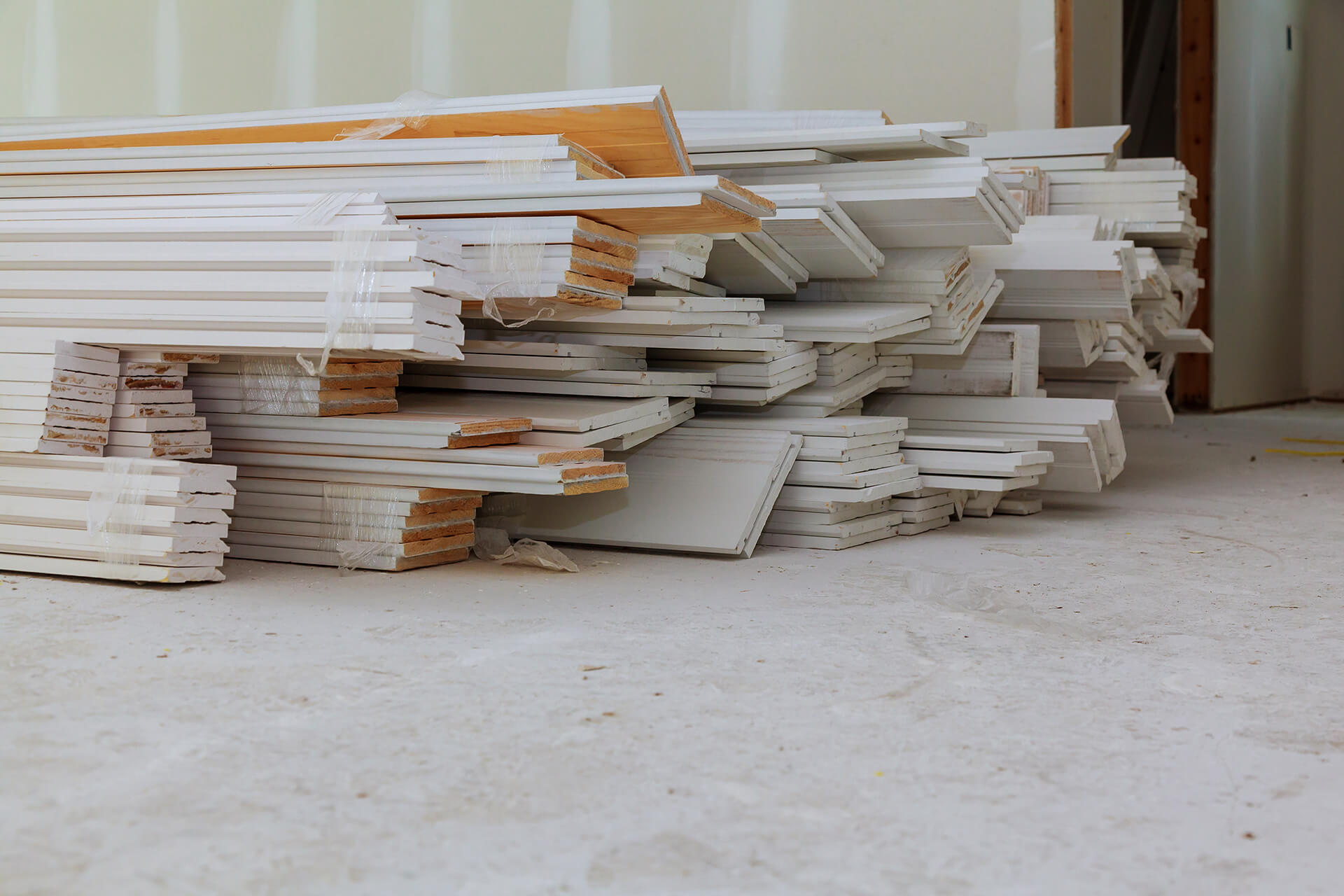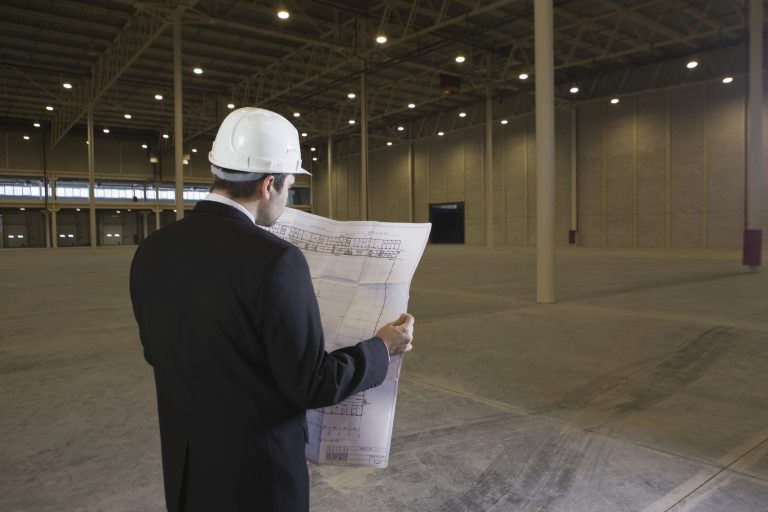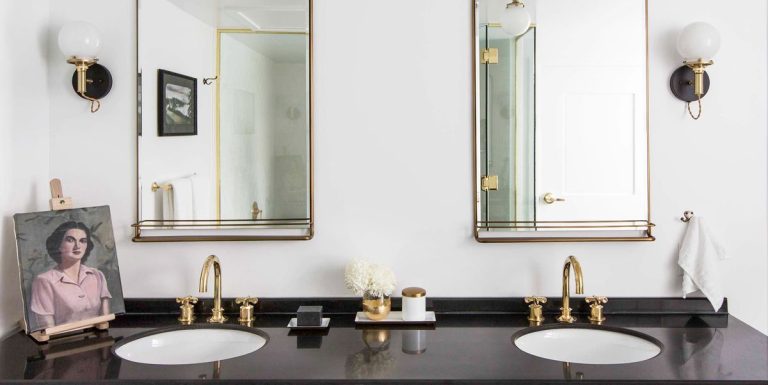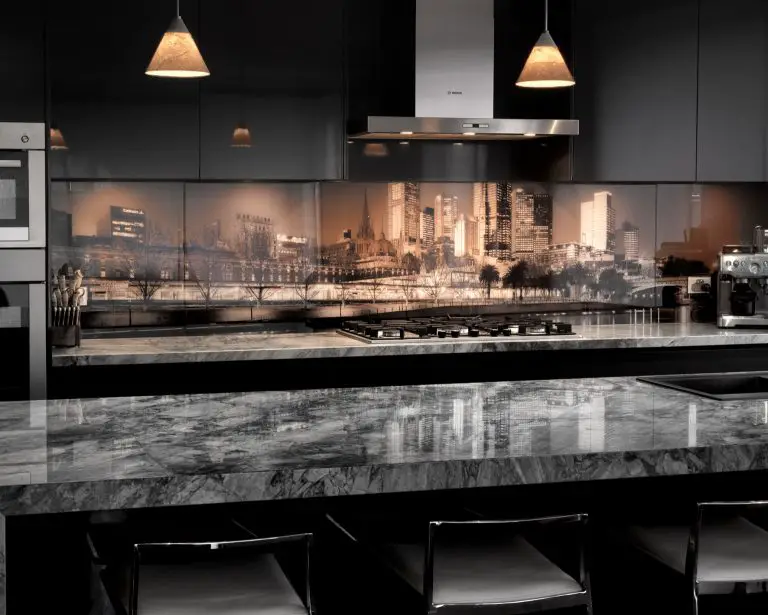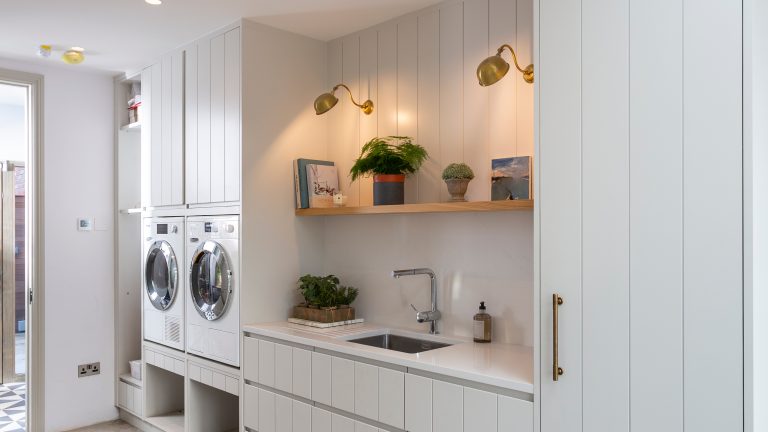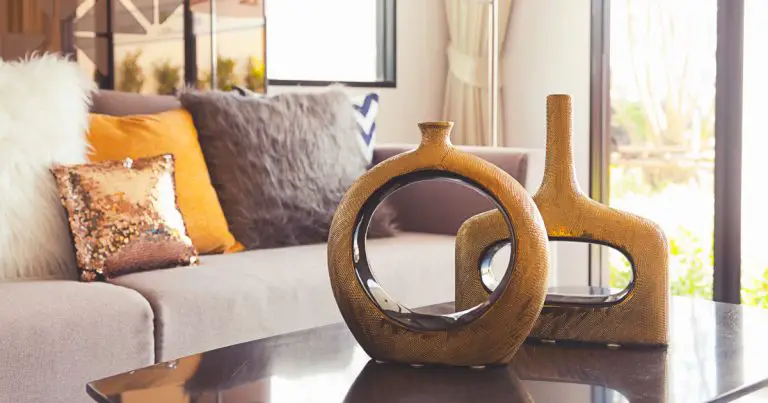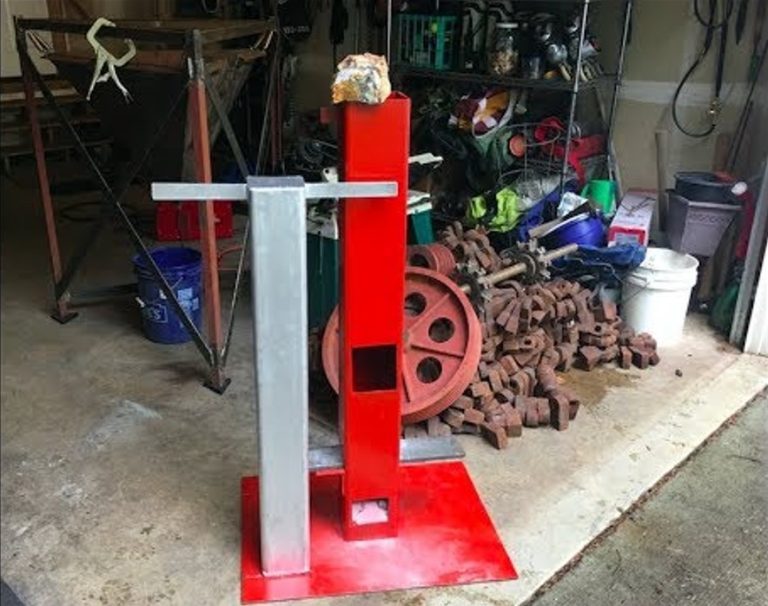What Is The Best Material For Skirting?
Skirting is an important part of any interior decorating project. It is used to cover the base of a wall to create a neat, finished look. When it comes to choosing the best material for skirting, there are a few things to consider. The most popular materials for skirting are wood, vinyl, and metal. Each of these materials has its unique benefits and drawbacks, making it important to consider which one is best suited for your particular project. Wood is a classic choice for skirting and offers a timeless look. It is also relatively easy to install and can be painted or stained to match the existing decor. Vinyl is a cost-effective option that is waterproof and easy to clean. It can also be found in a wide variety of colors and patterns to add a unique touch to any room. Metal skirting is also a popular choice as it is durable and can be painted to match the color scheme of the room. Ultimately, the best material for skirting will depend on the specific needs of your project.
Overview of Skirting Materials
Skirting is an important component of any building, as it provides a decorative and protective barrier between the walls and floor. There are several materials available for skirting, each with its unique characteristics and benefits. Understanding the types of skirting materials available and their properties can help you make the right choice for your project. Here is an overview of the most common skirting materials, their pros and cons, and how they compare to one another.
Wood skirting is a classic option and is available in a variety of styles and finishes. It is generally strong and durable, and its natural appearance can add warmth and character to any space. Wood skirting is also easy to install and maintain. The downside is that it is susceptible to rot, warping, and insect damage.
Vinyl skirting is a popular choice for its low maintenance requirements and affordability. It is also waterproof and comes in a variety of colors and styles. The downside is that it can be prone to cracking and fading over time.
Metal skirting is a great choice for durability and longevity. It is corrosion-resistant and can be painted to match any décor. However, metal skirting can be difficult to install and is susceptible to dents and scratches.
Fiber cement skirting is a strong and durable option that is resistant to fire, rot, and insect damage. It is also easy to install and is available in a variety of styles and finishes. The downside is that it is heavier and more expensive than other skirting materials.
Finally, plastic skirting is an affordable and lightweight option that is easy to install. It is also waterproof and comes in a variety of colors and finishes. The downside is that it can be prone to cracking and fading over time.
When choosing the best skirting material for your project, it is important to consider the material’s cost, strength, durability, ease of installation, and aesthetic value. By understanding the pros and cons of each skirting material, you can make an informed decision that meets your needs and budget.
Advantages and Disadvantages of Different Skirting Materials
When selecting skirting for your home, it is important to consider the advantages and disadvantages of the different materials available.
Wood is an attractive material for skirting, however wood is also absorbent and can be prone to rot if exposed to moisture. Wood skirting will also require regular painting or staining to maintain its appearance.
Vinyl skirting is a popular choice due to its affordability and low maintenance. It is also durable and waterproof, making it suitable for areas prone to moisture. However, vinyl skirting can be difficult to repair and may not be as aesthetically pleasing as wood.
Aluminum skirting is a great option for its strength and durability. It is also waterproof and low-maintenance. However, it can be more expensive than other materials and may not be suitable for areas where there is a lot of foot traffic.
Foam skirting is relatively inexpensive and offers a range of colors and designs. However, foam skirting is not as durable as other materials and can be prone to damage from moisture.
Stone skirting is a great choice for its durability and aesthetic appeal. It is also waterproof and low-maintenance, but it can be expensive and difficult to install.
Ultimately, the best material for skirting will depend on the needs of your home and your budget. Consider all of the advantages and disadvantages of each material before making your final decision.
Benefits of Using Skirting
Skirting is an important part of any room design, providing a neat and attractive finish to the edges of the room. Skirting can also be used to hide unsightly cabling, pipes, and other wall features, or to create a more uniform look throughout a home. When choosing skirting for a home or commercial space, it’s important to consider the material used, as this will determine how well the skirting will hold up over time. There are a variety of materials available, and each has its advantages.
Wooden skirting is a popular choice, as it is relatively inexpensive and easy to install. It can also be painted to match the color scheme of a room and is highly durable. Metal skirting is a more industrial option, and is often used in commercial spaces. It is strong and can be used to create a more modern look. Plastic skirting is a good choice if you are looking for an inexpensive and low-maintenance option. It is also available in a range of colors and finishes to suit any décor. Finally, vinyl skirting is an excellent choice if you are looking for a more hard-wearing option. It is also easy to clean and maintain.
No matter which material you choose for your skirting, it is important to ensure that it is of good quality and is properly installed. This will ensure that your skirting will look great and last for years to come.
Factors to Consider When Choosing a Skirting Material
Skirting is an important element of any home, providing insulation, protection, and aesthetic appeal. But which material is the best for skirting? When considering the best material for skirting, there are a few key factors to take into account. From style to longevity, the right material will depend on your specific needs.
When choosing a skirting material, one of the most important factors to consider is the style of the material. Do you prefer a classic look or a modern touch? Would you like the material to be incredibly durable, or are you more concerned with the aesthetic appeal? Depending on the style of the building, some materials may fit better than others.
Another factor to consider when choosing a skirting material is the level of insulation it provides. Different materials will provide different levels of insulation, so it’s important to select the material that best meets your needs. Additionally, some materials may provide better noise reduction than others, which can be especially important in areas with high levels of street noise.
Finally, it’s important to consider the cost of the material. Some materials may be more expensive than others, and it’s important to select a material that fits within your budget. Additionally, some materials may require more maintenance than others, so it’s important to consider the long-term costs associated with the material.
When deciding on the best material for skirting, it’s important to take into account the specific needs of your home. From insulation to style, the right material will depend on your requirements. By considering the various factors involved, you can ensure you select the ideal skirting material for your home.
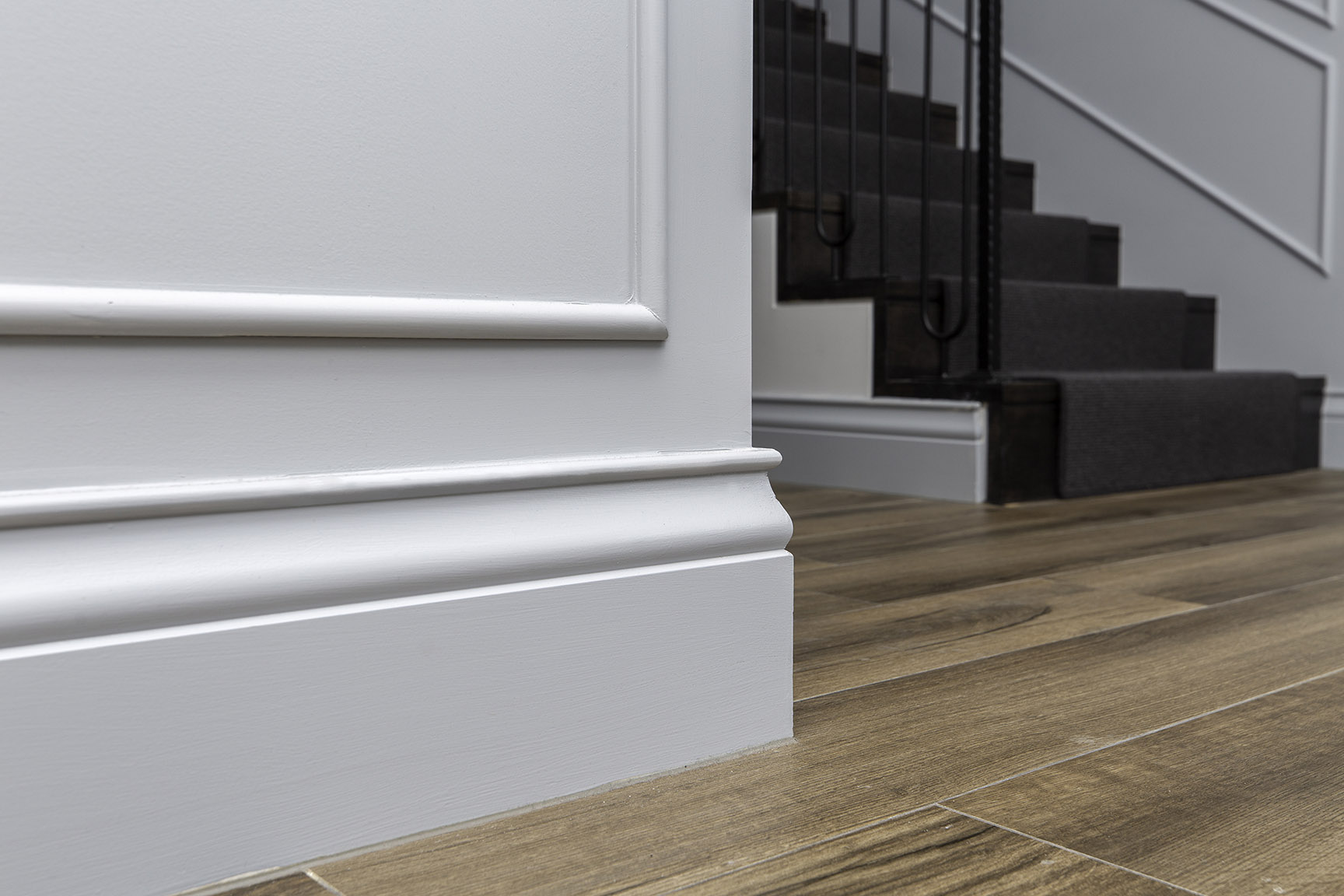
Cost Comparison of Different Skirting Materials
When it comes to selecting the best material for skirting around a home or building, there are several options available. Each type of material has its own set of advantages and disadvantages, and the cost of materials can vary greatly. To help determine which type of skirting material is best for you, it is important to compare the cost of different materials and their associated benefits.
Vinyl skirting is one of the most popular and cost-effective options. It is typically less expensive than other materials and is also fire-resistant, waterproof, and easy to install. Metal skirting is another common option, which is more durable and provides better insulation than vinyl. However, it is also more expensive and can be difficult to install.
Wood skirting is a popular choice for aesthetic reasons and is also quite durable. It can be more expensive than other types of skirting, however, and requires more maintenance. Bamboo skirting is an eco-friendly option that is also quite durable and provides excellent insulation. It is generally more expensive than other materials, however, and may require more maintenance.
Finally, stone skirting is a unique and attractive option that is extremely durable and provides excellent insulation. It is very expensive, however, and can be difficult to install.
When selecting the right material for skirting around a home or building, it is important to consider the cost of different materials and the associated benefits. Taking the time to compare the cost of materials and their features can help determine which type of skirting material is best suited for your needs.
Maintenance Requirements for Different Skirting Materials
When considering what material to use for skirting, it’s important to consider not only the aesthetic appeal but also the maintenance requirements for each material. Some materials may require more frequent cleaning and maintenance than others. To help you determine which material is best for your skirting needs, let’s review the maintenance requirements for the most popular materials.
Wooden skirting requires regular cleaning and may need to be sanded or treated with a protective sealant every few years to help retain its appearance. It is also prone to warping, cracking, and splitting due to moisture and temperature changes. Metal skirting is generally low-maintenance and can easily be wiped down with a damp cloth. However it may corrode over time, so it is important to check it periodically for signs of rust or wear.
Vinyl skirting is the most common material used today for its low-maintenance and waterproof properties. It is very durable and doesn’t require much in terms of maintenance. It can easily be wiped down with a damp cloth or a mild detergent. PVC skirting is also becoming popular due to its low maintenance and waterproof properties, but it can be more expensive than vinyl.
To summarize, when choosing skirting material, consider not only the aesthetic appeal but also the maintenance requirements for each material. Wooden skirting requires regular cleaning and may need to be sanded or treated with a protective sealant. Metal skirting is generally low-maintenance but can corrode over time. Vinyl and PVC skirting are both low-maintenance and waterproof, making them the most popular materials for skirting.
Popular Skirting Material Options
When deciding on which material to choose for your skirting, it is important to consider a few factors. The right material should be durable, cost-effective, and stylish. Skirting can be made from a variety of materials, such as wood, vinyl, metal, and composite materials. Each material offers different advantages and drawbacks, so it is important to consider your needs before choosing the best skirting material for your home.
Wood is one of the most popular skirting materials, as it is relatively easy to maintain and can be painted in a variety of colors. It is also relatively affordable and can be found in a variety of styles. However, wood is prone to warping and can be vulnerable to moisture damage.
Vinyl is another popular skirting material that is waterproof and easy to clean. It is also very durable and can be used in a variety of colors and styles. However, vinyl can be quite expensive and can be prone to damage from extreme temperatures.
Metal skirting is often used in more modern homes, as it is very durable and can be easily painted. It is also waterproof and can be found in a variety of styles. However, metal can be more expensive than other skirting materials, and it is not as easy to maintain and repair as wood or vinyl.
Composite materials, such as composite wood and PVC, are becoming increasingly popular skirting materials. These materials are very durable and can be found in a variety of styles and colors. They are also very affordable and easy to maintain. However, composite materials can be prone to warping and may not be as aesthetically pleasing as wood or vinyl.
When choosing the best skirting material for your home, it is important to consider your needs and budget. Wood, vinyl, metal, and composite materials all offer different advantages and drawbacks, so it is important to consider your options carefully before making a decision. Ultimately, the best skirting material is the one that meets your needs and suits your budget.
Conclusion
Skirting is a commonly used material in interior design and construction, and the best material for skirting will depend on the application and the desired aesthetic. Traditional wood skirting is a classic option and is often used in homes with a traditional style. For a more modern look, vinyl skirting is a good choice as it is durable and easy to maintain. For a natural look, stone or brick skirting is a great choice and will add texture to any space. Ultimately, the best material for skirting will depend on the desired look and function of the space.

